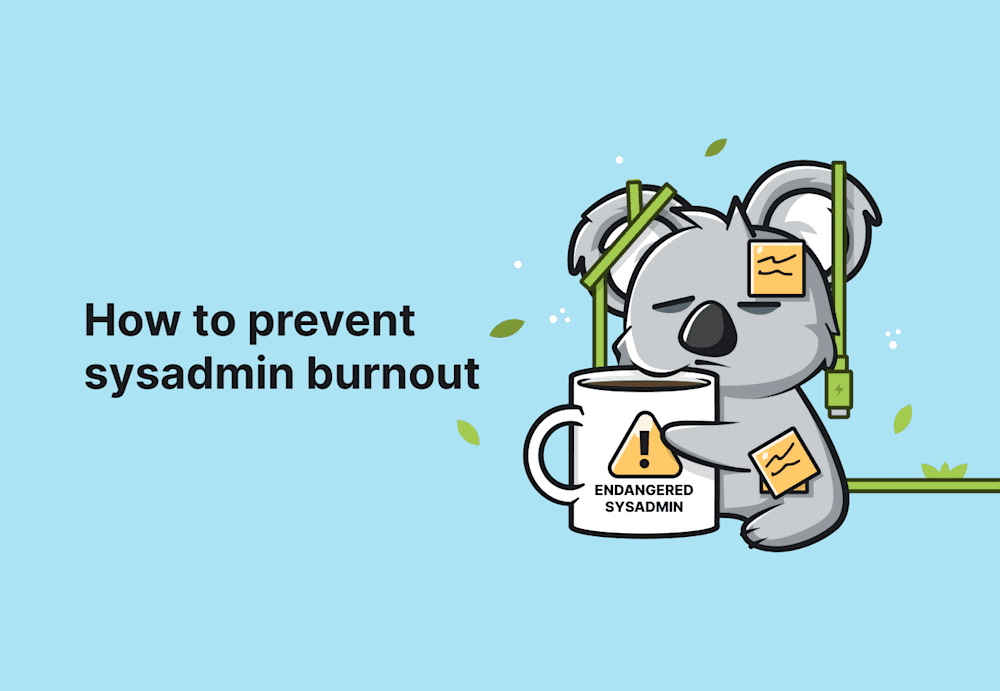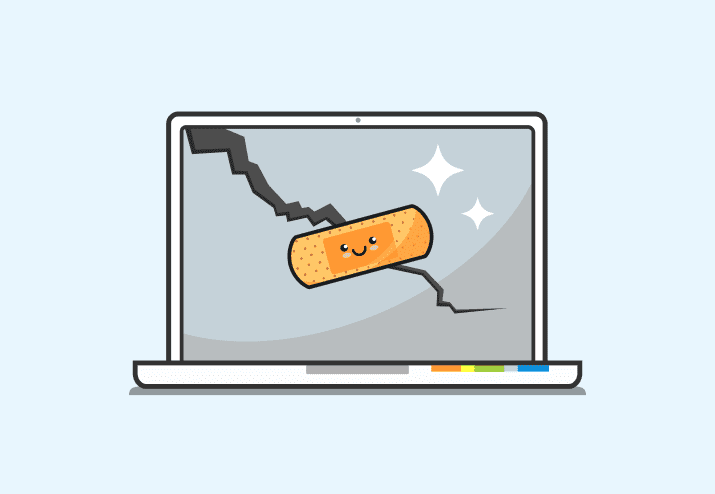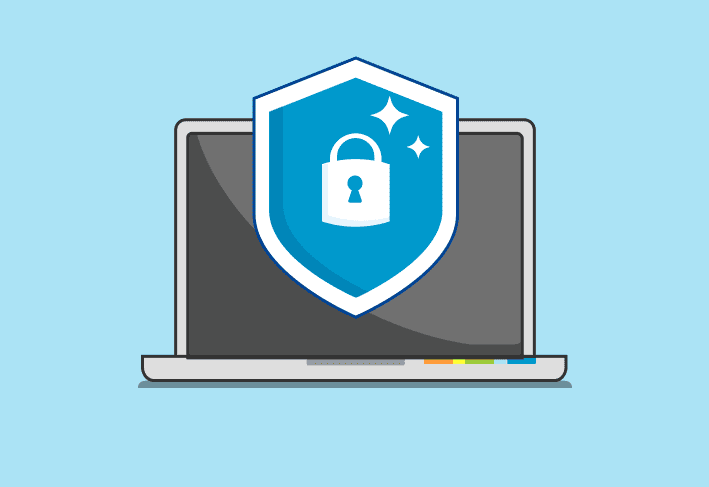Burnout is a problem across all career ecosystems. In a Deloitte study, 77% of respondents reported experiencing burnout in their current job. With long hours, minimal appreciation, and plenty of pressure, the sysadmin environment is undoubtedly conducive to burnout.
Preventing burnout is essential to sustaining the sysadmin population. We’ll explain ways to avoid burnout and flourish in the IT environment.
According to our 2023 The State of Sysadmin report, over 30% of sysadmins with 3 or more years of experience list burnout as their biggest job concern.
Watch for signs and symptoms of burnout
Burnout does not typically sneak up and pounce while your back is turned. You’re likely to experience some warning signs ahead of time. Watch for the following tipoffs that you might be heading towards burnout:
Chronic fatigue: Some exhaustion is normal, particularly when you’re working long hours. However, persistent fatigue that doesn’t improve with rest may be a sign of burnout.
Anxiety: Tension, edginess, and worry are frequent symptoms of anxiety.
Anger: Getting more frustrated with users than usual? Sure, they may be conspiring against you. But if your anger at your coworkers is new, it may also be a sign of burnout.
Loss of interest: You went into system administration for a reason. If your favorite tasks no longer interest you, it might be more than just changing preferences.
Self-doubt: Increasing self-doubt, fear of failure, and low self-esteem are frequently linked to burnout. Because of this, making decisions may become more difficult.
Feelings of helplessness: Burnout can trigger feelings of helplessness, hopelessness, and/or worthlessness.
Difficulty focusing: As you progress towards burnout, blocking out distractions may become harder and harder.
Reduced productivity: With increased stress and distractibility, a worker’s motivation and productivity may also plummet.
Forgetfulness: Burnout can affect memory, leading to forgetfulness.
Insomnia: Despite feeling exhausted, many individuals with burnout struggle to sleep.
Loss of appetite: Stress can make you lose your appetite. Over time, this may result in weight loss.
Increased physical ailments: Headaches, shortness of breath, dizziness, heart palpitations, and digestive issues are frequently associated with burnout.
Pulling away from people: A person with burnout may withdraw from people, including those they care about most. This could harm a relationship.
If you experience any of these symptoms, consider making a change to reduce your stress levels.
Prioritize yourself
Make time for the interests and hobbies that recharge you even when you’re busy. Whether that’s exercise, meditation, rest, cracking jokes, or an activity you enjoy, prioritizing your personal life can also help you meet your professional goals.
Seek support from your employer
From a management perspective, preventing burnout should be mission critical. After all, a happy employee is better equipped to perform well and be an asset to the team. Therefore, you may want to have an open discussion with your boss about the support you need to thrive. Whether it’s a time-saving tool, new tech, a full hour for lunch, more time off, or rotating on-call hours, consider any potential solutions.
If you’re struggling with burnout and receive no support despite talking to your boss, you might consider looking for a new job with other employers. Prepare for those IT interview questions now.
Maintain flexible hours
Rather than keeping a stagnant 9–5 schedule, you might want to embrace flexible work hours. This can help you accommodate those late nights and weekends without completely sacrificing your personal life.
Set boundaries
As a sysadmin, the lines between your free time and work time may blur. Whether it’s an emergency call on a weekend or your boss asking you for tech tips during your lunch break, it can feel like you never have a real moment to yourself. That’s where setting boundaries comes in. Consider when you need free time and place the necessary limitations.
For example, if you’re on vacation or not on call, establish that you will not check your email. Instead, provide contact information for someone else who can handle any problems that arise. You may also want to block your calendar for certain times to ensure you have a few uninterrupted moments to work on projects.
Connect with other sysadmins
Community is invaluable. Having someone to talk to, commiserate with, and seek advice from can provide a sense of belonging and comfort. If you don’t have IT coworkers at your job, reaching out to others in the field might be that much more important. Professional groups, Reddit, and the comments sections of your favorite sysadmin influencers are good places to start.
Document the hours you put in outside of work
You and your boss may have no idea how many hours you put in outside of work. Start documenting those hours. You might eventually leverage this documentation to ask for more money, or you might use it to start a conversation on hiring more staff or finding time-saving solutions.
Take vacations
Computer systems never take time off, so it can feel like you should be just as dedicated. However, even the most industrious sysadmin needs and deserves a vacation. Taking a break can help you recharge so that you can continue to perform at a high level.
Know when to seek help
Some situations require professional assistance, especially if there are no signs of improvement after you make adjustments. Burnout and depression have many areas of overlap. While there isn’t consensus on whether burnout could be classified as a depressive condition, you should always talk to your doctor about any symptoms that are significantly impacting your life.
Burnout can have overwhelming effects on a sysadmin both professionally and personally. Preventing signs of burnout is pivotal to their continued success in the field. PDQ is here to help. While we can't give you that much-needed vacation or make your boss more supportive, we can help reduce your workload. PDQ Deploy and PDQ Inventory make it easy to schedule deployments so that you can spend more of your off-hours living life instead of updating machines. The PDQ blog and YouTube channel are also here to provide support and advice along the way. Stay well, and you can do this!
Loading...




